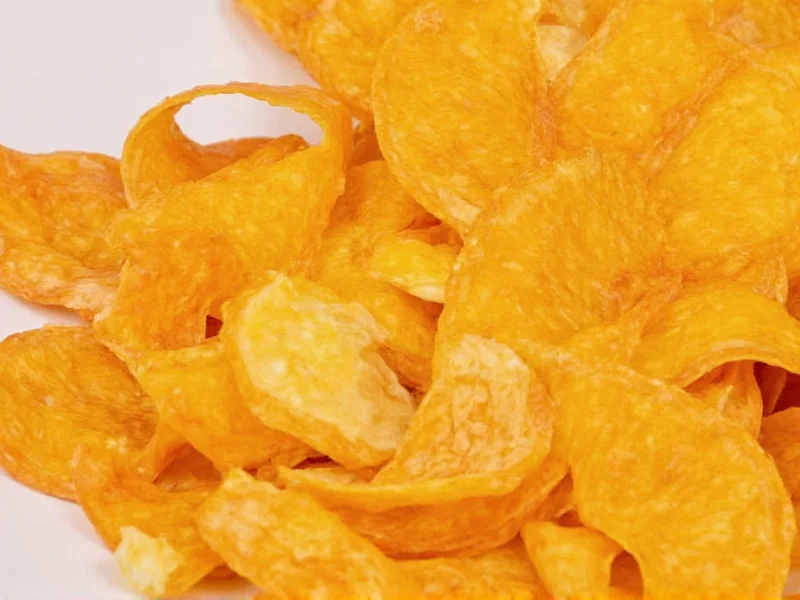Transforming orange peels from kitchen scraps into versatile pantry staples takes minimal effort but delivers maximum value. Dehydrated orange peels concentrate citrus flavor while extending shelf life significantly compared to fresh rinds. Whether you're preserving seasonal bounty or reducing food waste, this guide covers three reliable dehydration methods with precise timing and temperature guidance.
Why Dehydrate Orange Peels?
Dehydrated orange peels offer multiple advantages over fresh counterparts. They maintain flavor intensity for months when stored properly, unlike fresh peels that spoil within days. The concentrated citrus essence enhances baked goods, marinades, and teas without adding moisture that could alter recipes. Dried peels also create versatile ingredients for homemade cleaning products, potpourri, and natural air fresheners.
Preparing Orange Peels for Dehydration
Start with organic oranges whenever possible to avoid pesticide residues. Wash thoroughly under cool running water while scrubbing with a vegetable brush. Pat completely dry with clean towels before proceeding. Carefully remove peels using a sharp paring knife or vegetable peeler, keeping sections as large as possible while minimizing white pith which can impart bitterness.
Cut peels into uniform 1-inch strips for even drying. Smaller pieces dehydrate faster but may become overly brittle. For powder applications, slice thinner; for tea or garnishes, keep strips slightly larger. Never skip the washing step—even organic oranges collect environmental contaminants during transport.
Three Effective Dehydration Methods
Choose the method matching your equipment and timeline. Each technique produces quality results when executed properly.
Using a Food Dehydrator (Most Efficient Method)
This method preserves maximum flavor with minimal effort. Arrange peel strips in single layers on dehydrator trays without overlapping. Set temperature to 135°F (57°C) and dry for 4-6 hours. Check periodically after 4 hours—properly dehydrated peels snap cleanly when bent. Rotate trays hourly for even airflow if your model lacks a fan.
| Dehydrator Settings | Drying Time | Readiness Test |
|---|---|---|
| 135°F (57°C) | 4-6 hours | Peels snap when bent |
| 125°F (52°C) | 6-8 hours | No flexible sections remain |
Oven Drying (Good Alternative)
Preheat oven to its lowest setting, ideally 170°F (77°C) or below. Place peel strips on wire racks over baking sheets to promote airflow. Prop oven door open 2-3 inches using a wooden spoon to maintain proper humidity levels. Rotate pans every 30 minutes for even drying. Total time ranges from 2-4 hours depending on oven accuracy and peel thickness.
Watch closely during final stages—oven drying progresses rapidly once peels begin losing moisture. Over-drying causes bitter flavors and excessive brittleness. This method works best for small batches due to energy consumption considerations.
Air Drying (No Equipment Needed)
Place peel strips on mesh screens or parchment paper in a single layer. Position in a warm, dark, well-ventilated area away from direct sunlight which degrades flavor compounds. Ideal conditions include 60-70% humidity and temperatures above 70°F (21°C). Turn peels daily for even drying.
Air drying takes 1-2 weeks depending on climate. Peels feel leathery rather than brittle when complete. This traditional method preserves complex flavor notes better than heat-based techniques but requires patience and consistent conditions. Humid environments may cause mold during extended air drying periods.
Proper Storage Techniques
Complete cooling is essential before storage—trapped warmth creates condensation that promotes mold. Store in airtight glass jars with oxygen absorbers for maximum shelf life. Include silica gel packets to control residual moisture. Keep containers in a cool, dark pantry away from heat sources.
Well-stored dehydrated orange peels maintain quality for 6-12 months. Check periodically for moisture accumulation or off odors. Discard immediately if any mold appears. For extended preservation beyond one year, freeze in vacuum-sealed bags.
Creative Uses for Dehydrated Orange Peels
Grind dried peels into fine powder using a spice grinder for instant citrus zest. Add 1-2 teaspoons to baked goods, rubs, or sauces. Steep whole dried strips in hot water for soothing citrus tea—add cinnamon sticks for enhanced flavor. Incorporate into homemade sugar scrubs by combining with coconut oil and granulated sugar.
Craft applications include natural fire starters (soak in melted wax) and fragrant potpourri components. For household cleaning, simmer dried peels in vinegar for 2 weeks, then strain for an effective citrus-scented surface cleaner. Avoid using moldy or discolored peels in any application.
Troubleshooting Common Issues
Problem: Peels remain flexible after recommended drying time
Solution: Increase drying time in 30-minute increments. Humid environments often require extended processing.
Problem: Peels develop white spots during storage
Solution: Discard affected portions immediately—this indicates sugar bloom from improper drying, not mold, but affects quality.
Problem: Bitter flavor in final product
Solution: Minimize white pith during preparation next time. Over-drying also intensifies bitterness.











 浙公网安备
33010002000092号
浙公网安备
33010002000092号 浙B2-20120091-4
浙B2-20120091-4